Let me show you what an old man can do. I’m not talking about myself, of course; rather that’s what my 8-year-old DSLR said to me before I went walking in Epping Forest yesterday. Given the rate of change of digital technology, 8 years may as well be 28 years. And most consumers are conditioned into thinking that only the newest and latest gear can deliver the best shots, and anything old is obsolete. But just because something is old doesn’t meant it’s not useful.
There will be plenty out there who find this kind of article to be ‘fluff.’ I don’t really care about that. While Photography Life is probably the best resource on the net for all the latest news, reviews and information about camera technology, from time to time we all need a little reminder about actually taking pictures, and perhaps a little inspiration to go out and do so. And since many photographers may feel inadequate about not having the latest or most sophisticated technology in their hands, perhaps this can reassure them that they probably don’t need it.
So, my little Nikon D40 goaded me to leave the mirrorless gear behind and challenge myself somewhat by using just the 50mm F/1.8G lens attached to it. A challenge, not just because I was using a fixed focal length (with a 75mm equivalent field of view), but also because I forfeited all the things I take for granted with my EM-5.
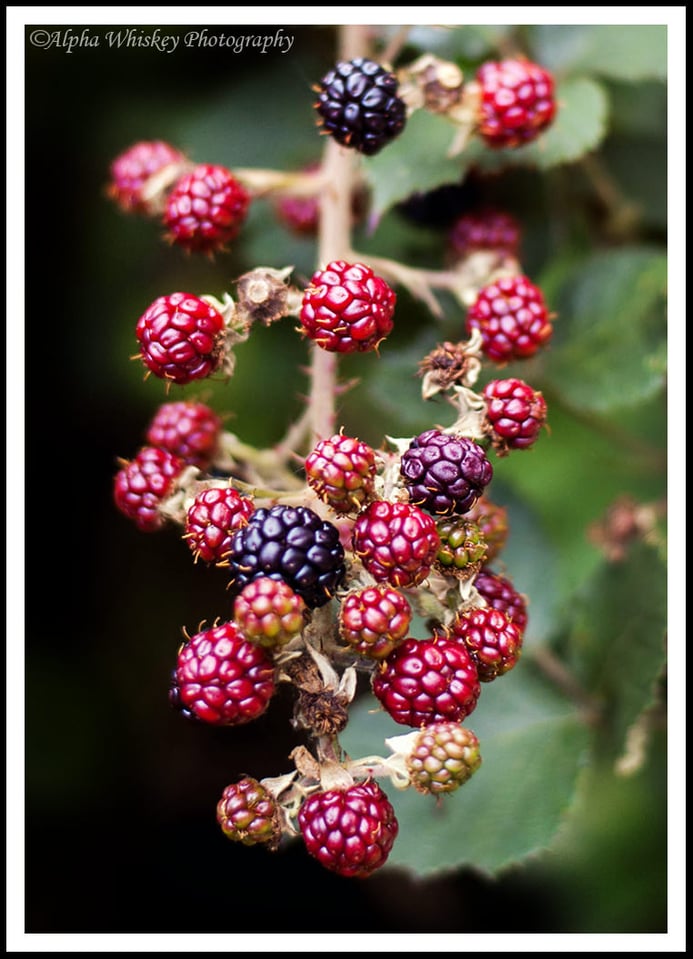
No aperture wheel or touchscreen on the D40, so I had to go into the menus to change settings such as ISO and aperture; no live view, or in-body image stabilisation, and ‘only’ three focusing points and 3 fps burst. Now, many of you will laugh and scoff at such a painful ‘sacrifice’, and you’d be right to do so. With modern cameras, as wonderful and useful as they are, we’ve become spoiled with and used to having everything at our fingertips. Certainly, I love all the useful features and ergonomics of my mirrorless gear, especially the superb image stabilisation.
But at some point, you have to just forget the limitations of the machine and concentrate on making an image. And that’s what I set out to do. Nothing groundbreaking in my images here, and to be honest I was more interested in the long walk, but I managed to eke out something from the forest’s flora and fauna.
For what it’s worth, the D40’s 6MP CCD delivers excellent RAW files, which (coupled to a sharp prime lens) had plenty of detail, even at higher ISOs. It’s a very light little camera so I barely noticed it hanging around my shoulder.
With ‘only’ 6MP, those pixels are obviously going to be larger and physically take in more light, so the camera performs pretty well at higher ISOs, even for a sensor senior citizen. The grain pattern in the RAW files is fine enough that noise reduction cleans it up quite well. Image processing algorithms play a part too, of course, especially with today’s higher megapixel sensors (and thus smaller pixels).
And, as I have stated before, 6MP is not a limitation for me; I have made A1 size prints from this camera. Some may argue it limits your ability to crop, and while the necessity of cropping may sometimes be unavoidable, most times you should simply get closer to your subject.
So, while some were undoubtedly worrying about pixel sharpness and resolution while drooling over the latest gadget, I was out taking photos with my obsolete, old, low-spec camera. And believe me, that was a lot more fun. Try it sometime.
You can see more from my D40 here and here.
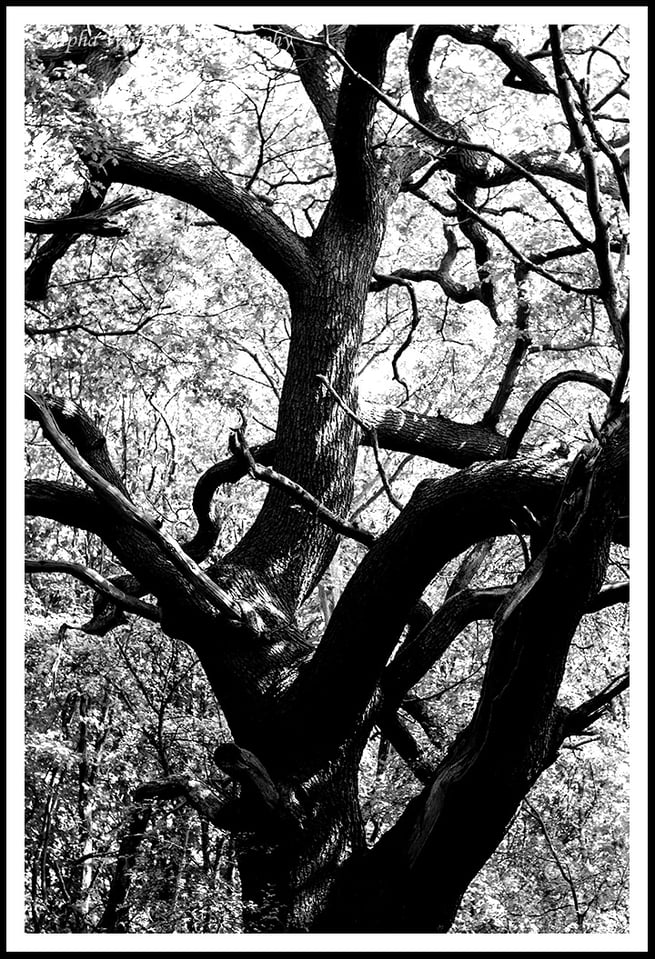

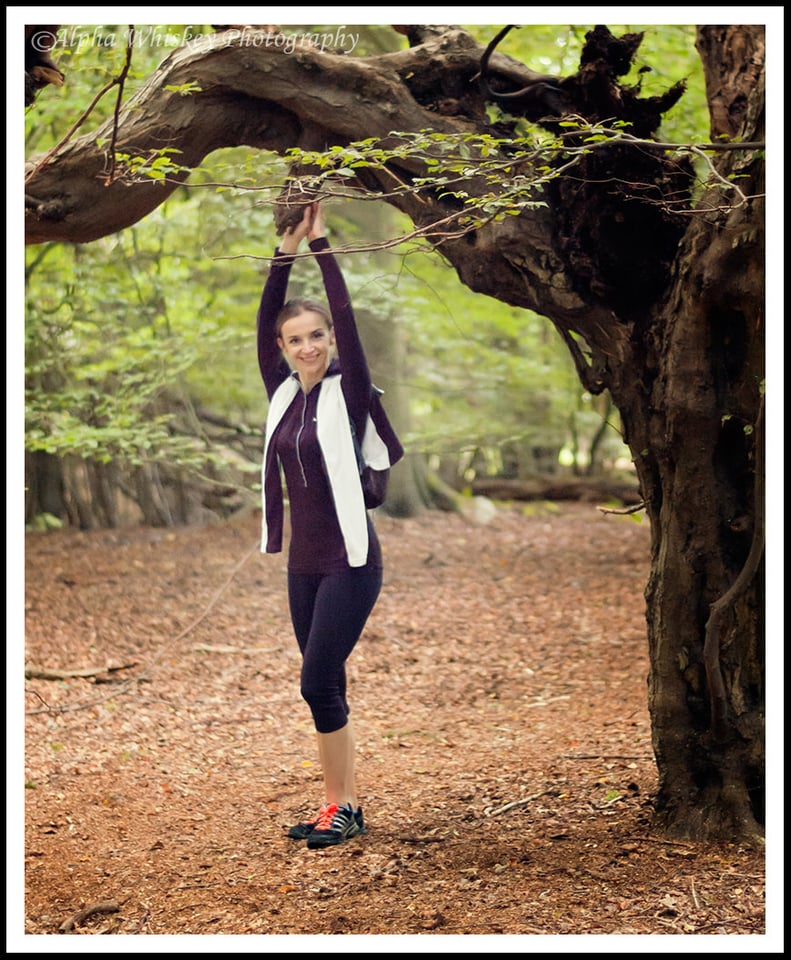







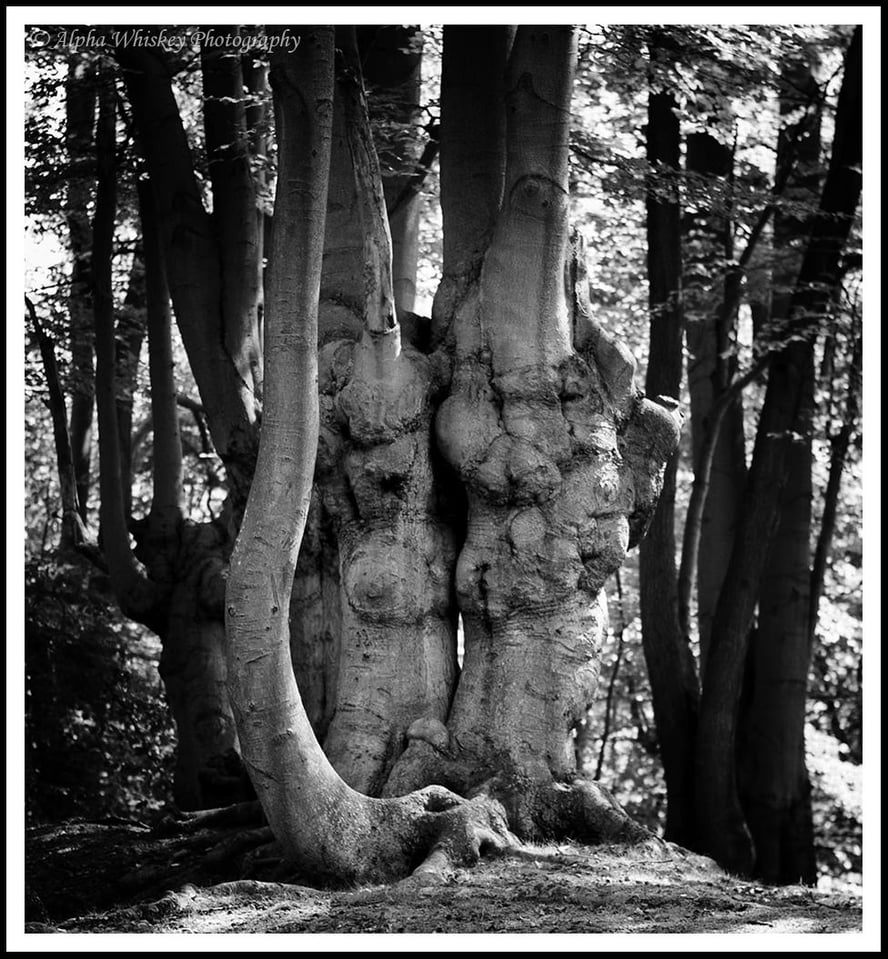

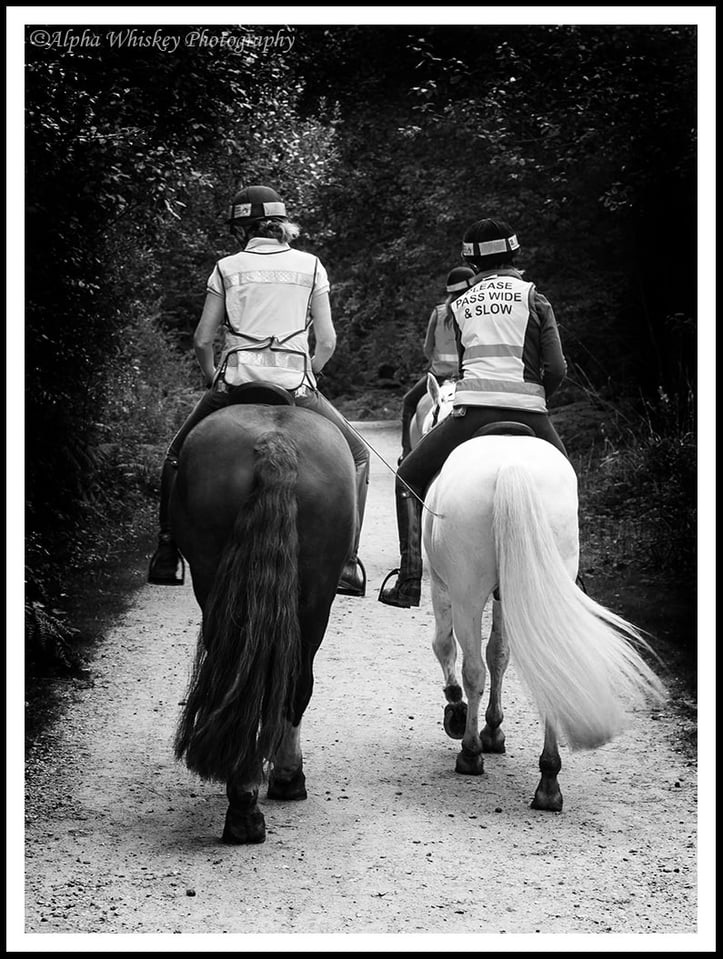
Superb article, Whenever I want to take photo with my W830…… No this is not a right camera for me……. but you do best with what you have….
Thanks A lot.
Thanks Amrut :)
Hi Sharif
Once again you have showed that it is all about the photographer, and you do have a very good eye, rather than the gear.
I very much like the discipline of going out with just one lens. What made me smile was the shoot wasn’t in Southern California, Arizona or Utah but Epping Forest, which keeps all of the UK readers happy!
Kind regards
Martin
Thanks Martin.
Don’t underestimate the UK. Recently visited the Isle Of Man and that was an absolutely stunning place. The UK can easily hold its own. :)
Sharif
Au contraire, I was only too please to see some local images.
Martin
New cameras has better specs than older ones, and normally better iq.
But it is true , as long as we use them.
More megapixels, I really like it but I don’t need them, I prepare presentations to be watched on HD screens, in real world I shot raw and resample to 3000×2000, more tha enough.
Croping, I came from a film era, slides like ektachrome, I don’t crop for composition, if I crop it was because the subjet was too far, and I am unable to get closer, but it must be consider my fault, a longer focal would be right.
Perhaps dynamic range is (for me) the most appreciated improvement with new cameras, but if you manage the situation it could be resolved with an old one.
If you know your tools, and your camera is a tool you can get excellent results, but here knowledge is the most important item.
My point is a newer camera do not make you a better photographer, but makes your life easier, it forgives mistakes more easily.
Of course I am talking about using the right camera for the situation, just brand new or old.
Nice photos the ones from alpha whiskey.
I use my Canon FTb-QL all the time. At 40 years some would call it “obsolete” but I prefer it over my T3i for some of the important shots. It uses film which gives me far more options for what the picture will look like compared to the static sensor in the DSLR, and it puts me in full control. It “forces” you to know what you are doing, which is probably a turn off for those people that “need” auto everything (and all too often have no clue how ASA, shutter speed, and aperture work together, if they even know what those terms mean).
The DSLR is also missing the satisfying metal shutter sound and the cocking motion with my thumb to advance to the next frame. Full frame with a large viewfinder that shames the small one in the DSLR is a winner in my book. Not having to do any actual work loading the film with the Quickload feature is a plus as well.
A great article. Thank you. I shoot with Sigma cameras with 3 to 5 megapixel Foveon sensors. The sensors capture amazing images for obsolete cameras.
Thanks tvkappel :)
Wonderful photographs! Good article!
Thanks Merlin! :)
Thank you. Quite heart-warming and so much to the point.
Thanks Walter :)
Great article. A Nikon D40 was my first DSLR and I had lots of fun learning with it. When I got my D7000 the poor D40 got relegated to being kept as a spare “just in case” but I found I never used it. However recently I donated to a friend who had lost her point and shoot camera and it’s been wonderful to see the great photos she has produced with it.
Hi Sharif,
Thanks for another great article. I thought I’d mention that the D40 is no slouch when printing large, either. My best friend and fellow photographer took his D40 with us to Peru a number of years ago, and printed quite a few 20″x30″ pieces for display in a local climbing shop in Denver. When viewed at proper viewing distances (heck, even when viewed up close), they looked great! A lot can be said about where one gets their prints printed, too.
To reinforce the point about resolution even further, the fine art landscape photographer, Chris Egan (website at: , whom I personally know and who has a large fine art gallery on Maui, has prints that are upwards of 6 feet tall… taken with the Nikon D1 (less than 3 megapixels). These also look great. Heck! –they must look great to others, too: they are being sold for many thousands of dollars in his gallery. One last bit of ‘anecdotal’ evidence: I’ve personally printed larger than 20″x30″ with my old D100 (6 megapixels), with favourable results.
Anyway, thanks for another great article on getting out shooting and not letting gear get you down!
-Brian
Thanks Brian. :)
Really glad to know people are making large prints with more ‘limited’ resolution. I never understood why so many people suggest that we can only print large with high resolution sensors. It won’t be long before the same people suggest 24/36MP isn’t good enough for A4 size! I’ve made plenty of A1 prints from the D40 and they look great. :)
Regards,
Sharif.
Once the sensor resolution exceeds the reqoutput media
Oops, let’s try again…
Once the sensor resolution exceeds the requirements of the output media (print, screen, or otherwise), cropping remains the only advantage of the excess resolution. Everything else is negative including the wasted space to store the images, the wasted time to process the bigger files, the slower camera FPS, and the lower color image quality resulting from smaller pixels and the weaker CFA’s needed to make them equally light sensitive. Add to that the growing realization that high resolution cameras require expensive new lenses to support the resolution and that the technology of the camera bodies themselves are still a generation behind the needs of the latest sensors with regard to PDAF focus tolerances, vibration reduction, and buffer size. In the end we suffer higher costs, reduced color quality, and performance limitations for a resolution that is only useful for billboard printing.
The D40 images here clearly show the color advantages of its low density CCD sensor, so bravo. Its 6MP resolution, frankly, satisfies what most of us need (not what the camera companies try to make us want). The most dated thing in the D40 is actually its PDAF system, that’d be the first reason why I’d consider upgrading it. In many other respects for non-high-ISO work at low resolution it trumps the D610/D810.
Hello Brian,
Thanks for your insight and sage commentary, as always. I agree wholeheartedly.
I viewed Chris Egan’s work. Phenomenal! He is a gifted artist and photographer. The beautiful scenery in HI surely provides a plethora of emotion, inspiration, and creative energy from which to draw upon. The Hawaiian Isles on my wish list for exploration – some day. :-)
By the way, thank you for your recommendation for gear insurance. I greatly appreciate it. I hope all is well.
Cheers!
Rick
Nonsense. It brings more money into the hip pockets and bank accounts of the shareholders of Nikon Japan.
And they don’t spend their dividends?
So what! That’s a good idea unless you are a socialist. Put money in the pockets of shareholders and they spend it. Good for the economy.
Japan’s economy, not ours.
I go to Japan every year or so and see a LOT of American products.
You got it, Pat. Exactly.